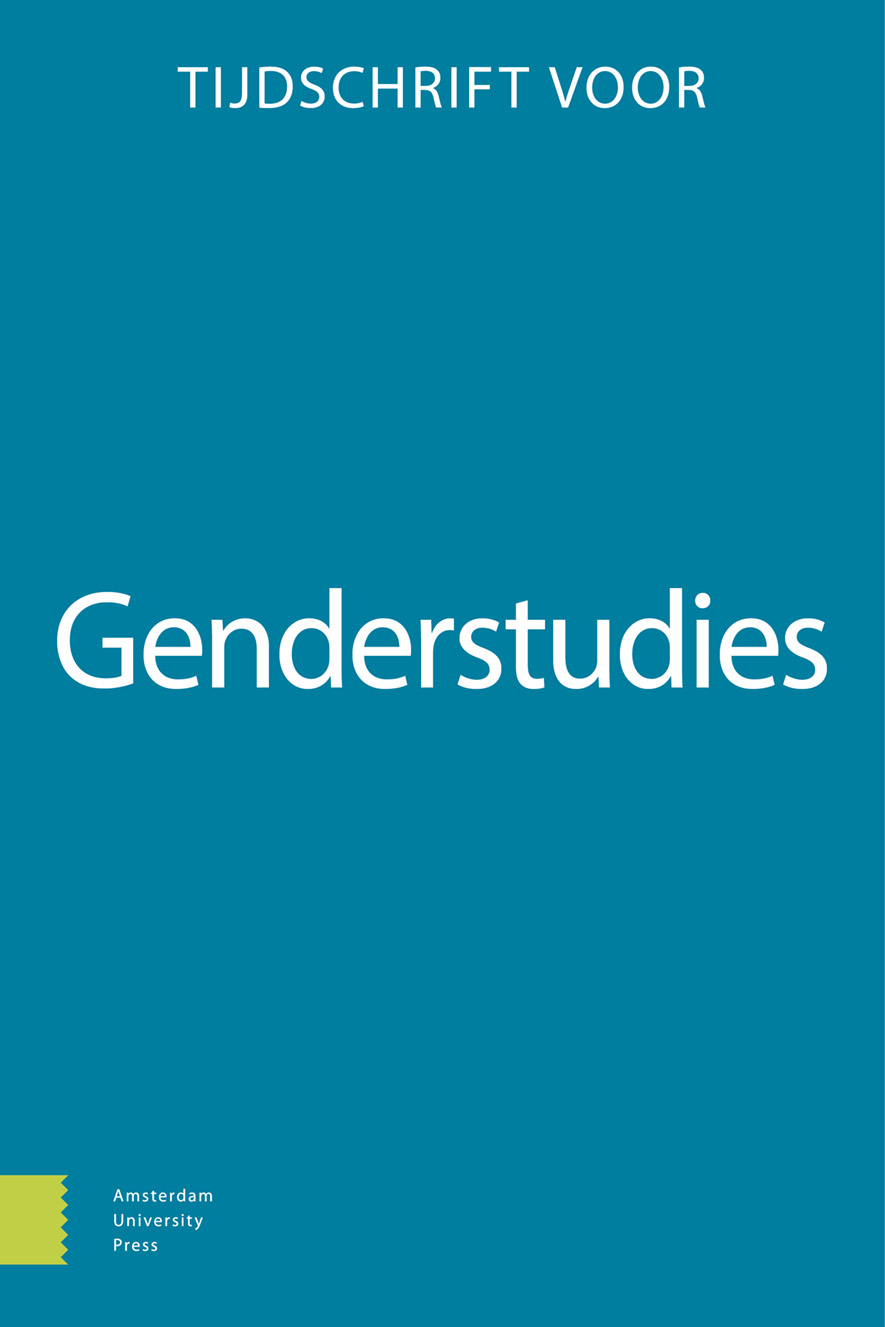-
oa Gendernormen in de kinderopvang
Benaderen pedagogisch professionals vaders en moeders gelijk?
- Amsterdam University Press
- Source: Tijdschrift voor Genderstudies, Volume 26, Issue 3/4, Dec 2023, p. 235 - 256
-
- 01 Dec 2023
Abstract
In this article, we describe to what extent culture-bound gender norms are reproduced in interactions between childcare workers and parents in daycare. This is important because more and more families want to share responsibilities for paid work and child rearing equally, but in many families this does not work out that way. Prevailing gender norms may provide an explanation for this. We used an online questionnaire to measure which implicit (gender/career IAT) and explicit gender beliefs (ideal amount of time spent on work or care for both father and mother) are held by childcare workers (n=259) and to what extent these beliefs and their different behaviour towards fathers and mothers is related. Although childcare workers with more traditional gender beliefs on the division of paid work by parents are more likely to inform and reach out to mothers, the relationships between beliefs and behaviour are not as strong as expected. An important finding is that the presence of more fathers in daycare is associated with more egalitarian behaviour of childcare workers. We suggest that the current tendency to approach mothers more often can be challenged by inviting more fathers and acknowledging them as the important parents they are.


